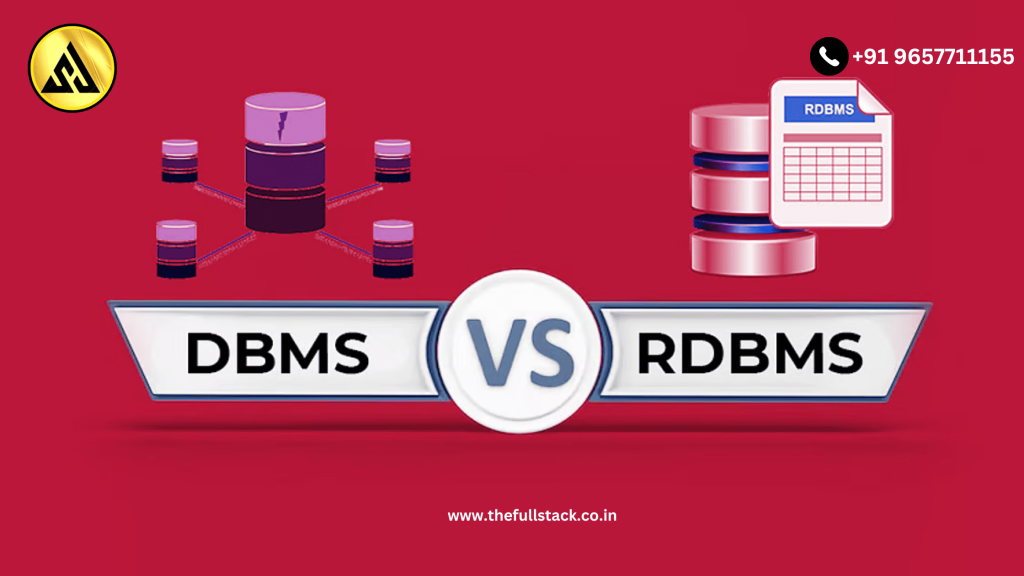What is a DBMS?
Database management software is called a DBMS (Database Management System). It gives people controlled access to data and lets them build, edit, remove, and maintain databases.
A DBMS usually arranges data in a hierarchical or navigable manner and stores it in files. It does not support distributed databases since it does not have table relationships. A DBMS must offer a consistent mechanism of access in order to retrieve data.
Small businesses that handle little data and are often run by a single person frequently use database management system (DBMS) solutions. XML and file systems are two examples.
What is an RDBMS?
An enhanced form of DBMS that adheres to the relational model of data is called an RDBMS (Relational Database Management System). It keeps information in tables where keys can be used to create associations between various records.
The ability of an RDBMS to specify integrity constraints in the database is one of its main benefits. RDBMSs may enable distributed databases because of the relationships that exist between tables.
RDBMS solutions are multi-user friendly and built to handle massive volumes of connected data. Oracle, MS-Access, and MySQL are well-known examples.
Difference Between DBMS and RDBMS
Here is a comparison of the key differences between DBMS and RDBMS:
| Key | DBMS | RDBMS |
|---|---|---|
| Definition | Stands for Database Management System. | Stands for Relational Database Management System. |
| Data Storage | Stores data as files. | Stores data in tables. |
| Data Access | Each data element is accessed individually. | Multiple data elements can be accessed simultaneously. |
| Relationship | No relationship between stored data. | Tables are related to each other using keys. |
| Normalization | Not supported. | Supported to minimize redundancy. |
| Distributed Database | Not supported. | Supported. |
| Data Quantity | Handles small amounts of data. | Handles large amounts of data. |
| Data Redundancy | High redundancy. | Reduced using keys and indexes. |
| User Support | Supports single user. | Supports multiple users. |
| Security | Low security for data manipulation. | Multilayer security for data protection. |
| Examples | File systems, XML. | Oracle, MySQL, SQL Server. |
Conclusion
It is evident from the description above that DBMS and RDBMS differ greatly. RDBMSs use tables with rows and columns to organize data, and they use keys to enable relationships between these tables. DBMSs, on the other hand, might employ many data models, like network or hierarchical models.
It might be helpful

